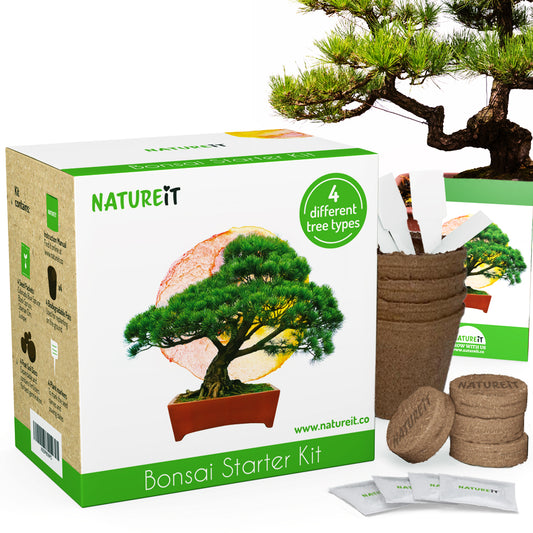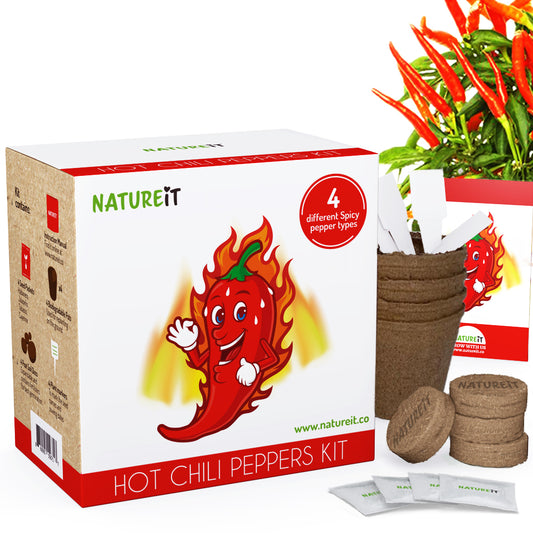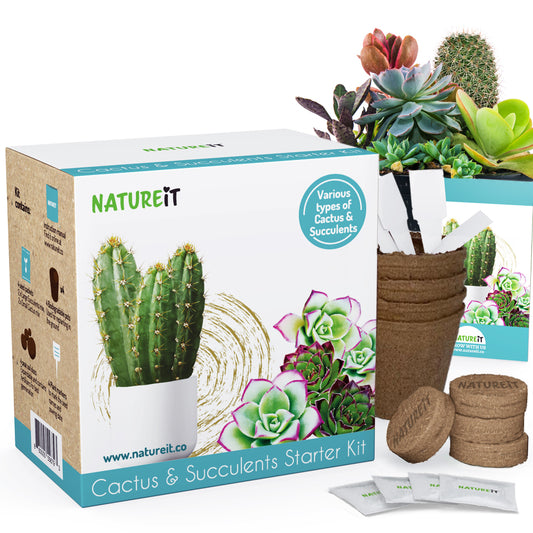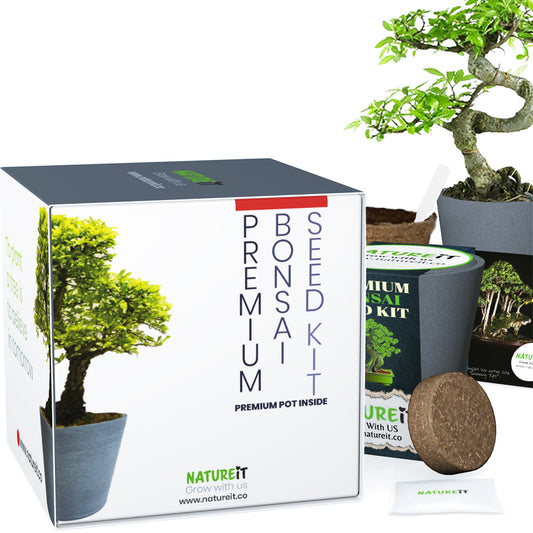Basil:
Basil is a beloved herb known for its rich aroma and diverse varieties. Commonly used in Italian cuisine, basil adds a fresh and slightly peppery flavor to dishes. From the classic sweet basil to Thai basil with its hints of anise and mint, there's a basil variety for every culinary creation. This herb pairs exceptionally well with tomatoes, making it a must-have for caprese salads and homemade pesto sauces. Beyond its culinary uses, basil is also known for its potential anti-inflammatory and antioxidant properties, making it a health-conscious addition to your meals.

Parsley:
Parsley is a versatile herb with a vibrant green color and a refreshing taste. It is widely used as a garnish, adding a pop of freshness to dishes. However, parsley is much more than a decorative element. It adds depth and flavor to sauces, soups, and salads. Flat-leaf parsley is favored for its robust flavor, while curly parsley is often used for garnishing purposes. Beyond its culinary benefits, parsley is packed with vitamins A, C, and K, as well as folate and antioxidants. Incorporating parsley into your diet can provide potential anti-inflammatory and immune-boosting effects.

Cilantro:
Cilantro, also known as coriander in some regions, is a herb with a distinctive flavor that divides opinions. Its bright, citrus-like taste adds a zing to various dishes, particularly in Mexican, Indian, and Asian cuisines. Cilantro is commonly used in salsas, curries, and guacamole, imparting a fresh and tangy note. Besides its culinary uses, cilantro may possess antibacterial and digestive properties, making it a valuable addition to a balanced diet. It's worth noting that cilantro leaves and seeds, known as coriander seeds, offer different flavor profiles and culinary applications.
Sage:
Sage is an herb with a robust and earthy flavor, commonly associated with autumn and holiday dishes. Its aromatic leaves make it a popular choice for flavoring poultry, stuffing, and roasted vegetables. Sage is also used in teas and infusions for its potential health benefits, including antimicrobial and anti-inflammatory properties. This herb's versatility extends beyond the kitchen, as its leaves can be burned as smudge sticks for spiritual rituals. Adding sage to your herb garden brings an element of warmth and depth to your culinary endeavors.
Conclusion:
Growing your own culinary herbs from seed allows you to experience the joys of cultivating these flavorful additions in your garden or even indoors. Whether you're an experienced gardener or a beginner, the Natureit Guide to Growing Culinary Herbs has provided insights into the cultivation and benefits of four popular herbs: basil, parsley, cilantro, and sage. Embrace the opportunity to elevate your dishes with fresh herbs, infusing them with vibrant flavors and potential health benefits. Start your herb garden journey today, and unlock a world of culinary possibilities right at your fingertips.





